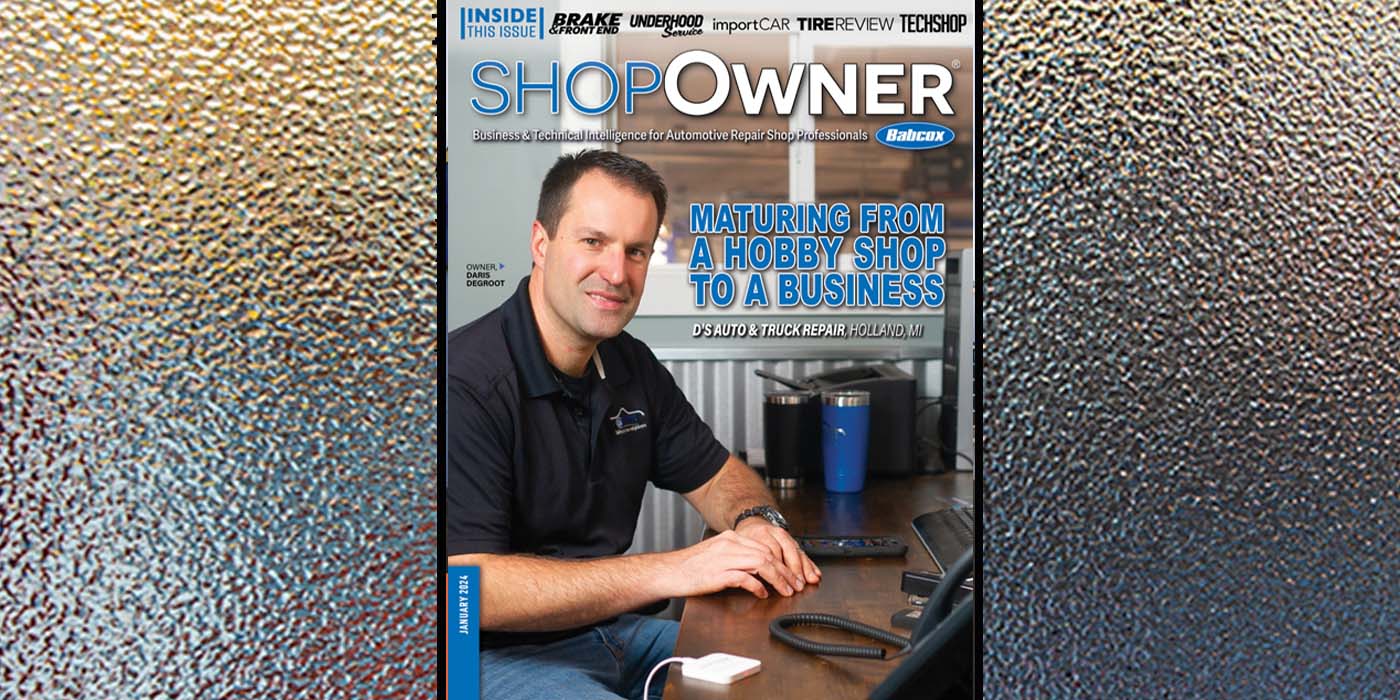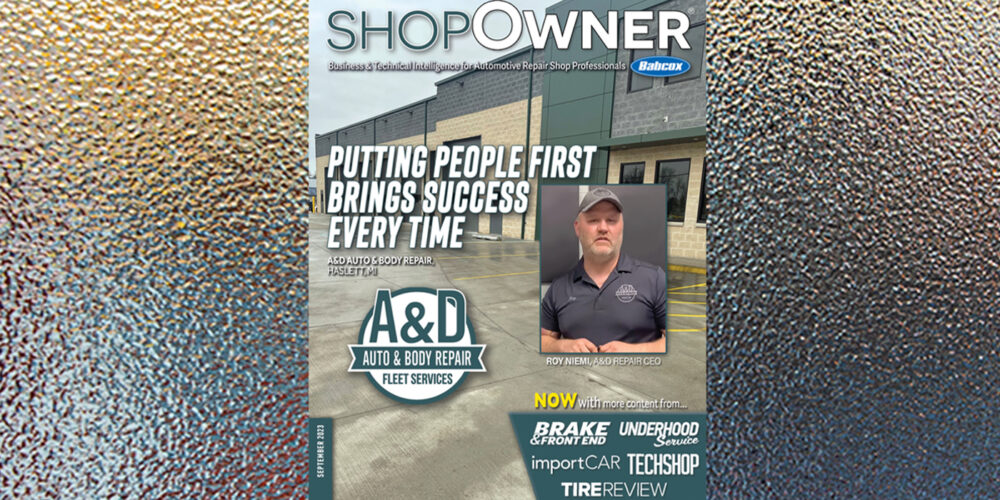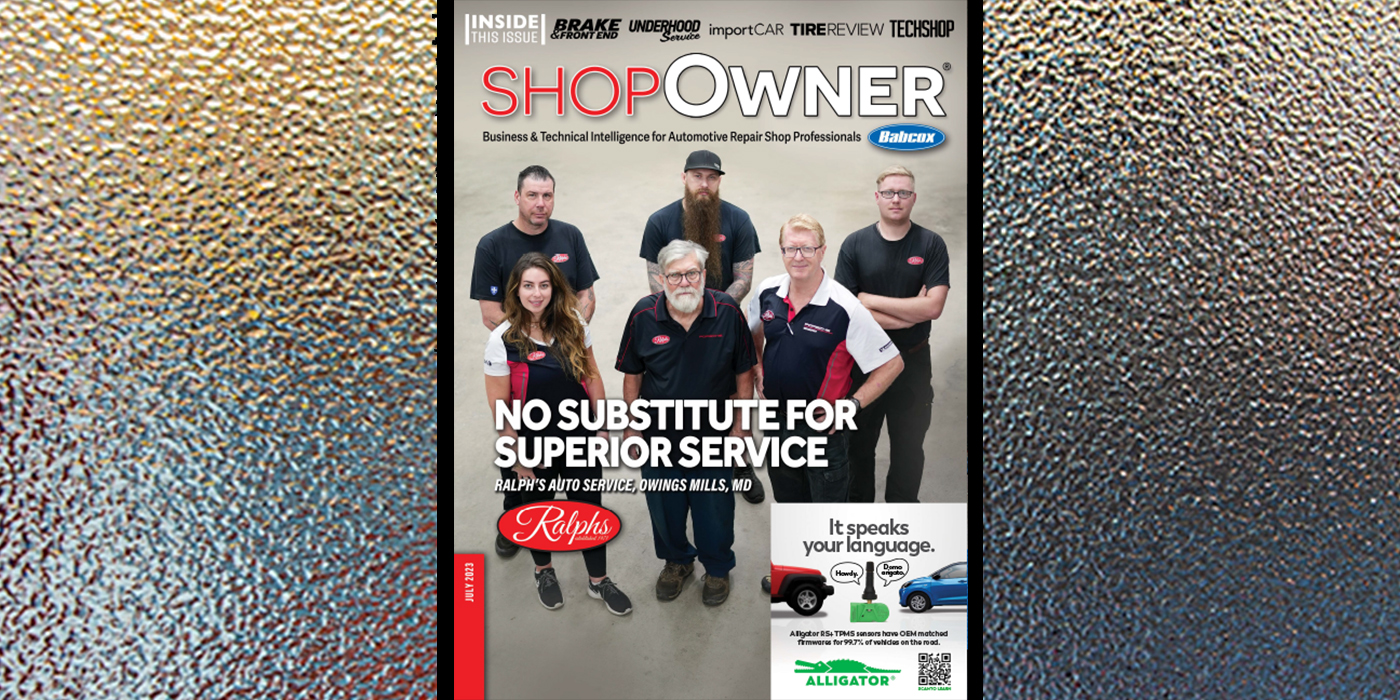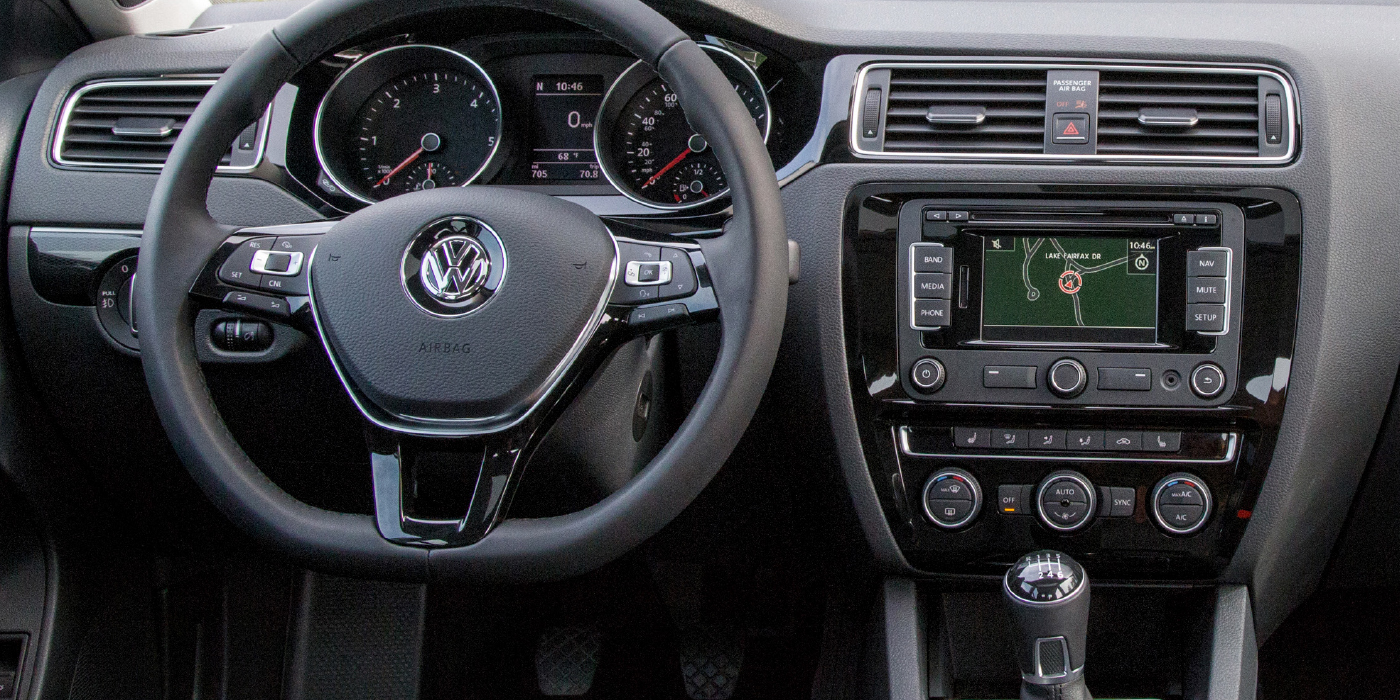How to deal with the smells from your customers’ HVAC systems.
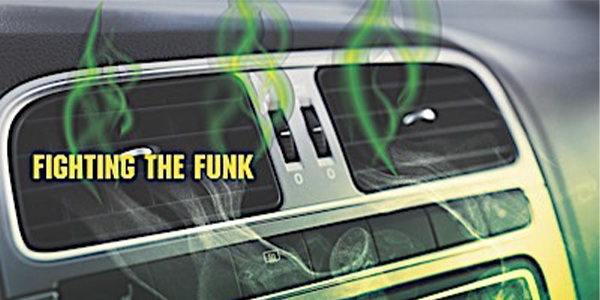
No matter how clean drivers keep their vehicles, sometimes they just have an uncomfortable, unpleasant odor about them. In many cases, the smells are driver induced – from cigar or cigarette smoke, pet smells or food odors – or the fault of corrosion, mold or bacteria in the evaporator core.
Vehicle manufacturers attempt to prevent evaporator core odor issues by using special coatings at the factory that promote drainage of the condensate water, eliminating the “standing water” that can cause bad smells. Over time, these coatings may be washed away from the evaporator core and the ability to prevent odors and the growth of bacteria will be lost. Since not all smells will simply blow away, other steps are necessary.
There are multiple methods of treatments available to help professional automotive repair technicians solve tough problems. Some DIY aftermarket products only mask the problem, making professional treatment a necessity. Disinfectants in spray and foam formats are available and resin coatings can be reapplied to the evaporator core to restore the HVAC system to its like-new condition. The Mobile Air Conditioning Society offers training and recommendations for professionals to deal with customer complaints and vehicle manufacturers may address particularly challenging applications through technical service bulletins.
TOYOTA
Odors in the A/C System Applicable Models:
2004-’15 4Runner, Avalon, Avalon HV, Camry, Camry HV, Corolla, FJ Cruiser, Highlander, Highlander HV, Land Cruiser, Matrix, Prius, Prius C, Prius PHV, Prius V, RAV4, Sequoia, Sienna, Tundra, Venza and Yaris.
Condition:
Some 2004-’15 model year Toyota vehicles may exhibit odors naturally occurring from the HVAC system and/or related environmental factors. Although there is no way to eliminate these odors, follow the general procedure below to minimize the odors.
General Procedure:
When diagnosing HVAC odors, it is important to remember the following possible causes:
• During use, various odors from inside and
outside the vehicle may enter into and accumulate
in the air conditioning system. These odors may
then be emitted from the vents.
• Odors coming from the outside air and
interior can accumulate on the evaporator. As
the evaporator core changes temperature, some
of these odors may be released, resulting in an
unpleasant smell from the HVAC vents.
• Interior odors from sources such as air fresheners, animals, dirt or trash can also accumulate within the HVAC system and contribute to unpleasant odors.
Odors emitted from the A/C system are a normal characteristic of automotive A/C systems. It is normal to experience odor upon the initial startup due to the moist/humid air that is trapped in the HVAC system after the vehicle has been parked.
Note: This procedure will not eliminate the odors experienced, but it’s provided to help reduce the intensity of these odors.
- Confirm the condition as described in the introduction. If the condition is constant or is caused by outside influences (such as debris), this bulletin may not be effective in reducing the odors experienced.
- Advise the customer to set the HVAC system to the outside (fresh) air mode when parking the vehicle to assist in the reduction of odors that could be trapped in the HVAC system.
- Replace the HVAC filter on an annual basis, or every 10,000 miles, with a charcoal impregnated filter.
- If the condition still persists, conduct an A/C evaporator cleaning service on an annual or biannual basis depending on climate conditions and customer preference.
Note: If the A/C evaporator cleaning service is not performed prior to the installation of the high-performance charcoal filter, the filter may take several days to produce a noticeable improvement in the A/C odor.
Can That Stink Make You Sick?
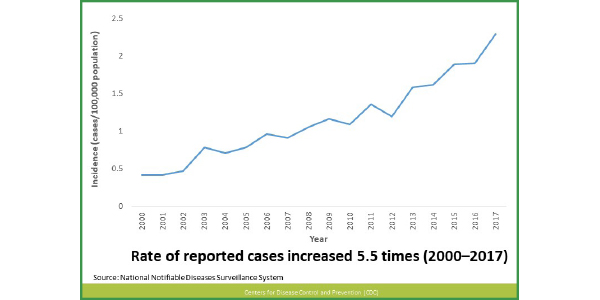
Is Driving a Car a Risk for Legionnaires’ Disease?
Sakamoto R (Department of Public Health, School of Medicine, Faculty of Medicine, Kyoto University, Kyoto, Japan.); Ohno A, Nakahara T, Satomura K, Iwanaga S, Kouyama Y, Kura F, Noami M, Kusaka K, Funato T, Takeda M, Matsubayashi K, Okumiya K, Kato N, Yamaguchi K.
https://www.ncbi.nlm.nih.gov/pubmed/19379540
In 1968, employees and visitors in Pontiac, Michigan’s Health Department began suffering from a mysterious “Pontiac Fever.” At the 1976 American Legion Convention in Philadelphia, 182 people became sick and 29 died from “Legionnaires’ Disease.”
It wasn’t until later that health officials realized the same Legionella bacterium was responsible for both outbreaks. According to the Centers for Disease Control (CDC), the bacteria spreads through mist, such as from air-conditioning units for large buildings. Adults over the age of 50 and people with weak immune systems, chronic lung disease, or heavy tobacco use are most at risk.
Some researchers in Japan (see footnote, page 48) have theorized that Legionnaires’ disease may be transmitted through automotive air-conditioning systems. Tests on various cars and trucks found the presence of the Legionalla bacterium in half of the HVAC evaporators they tested. While they couldn’t prove a direct link between driving and Legionnaires’ Disease, their findings point to a potential risk of car air-conditioning systems in LD, which needs further investigation.
Although there haven’t been similar studies elsewhere in the world, in the United States, the rate of reported cases of Legionnaires’ disease has grown by nearly five and a half times since 2000.
CDC researchers say it is unclear whether this increase represents artifact (due to increased awareness and testing), increased susceptibility of the population, increased Legionella in the environment, or some combination of factors. Legionnaire’s disease can be treated with antibiotics, such as azithromycin or ciprofloxacin. Many people exposed to the bacteria don’t develop symptoms. Those who do develop symptoms may experience cough, fever, chills, shortness of breath, muscle aches, headaches and diarrhea.

